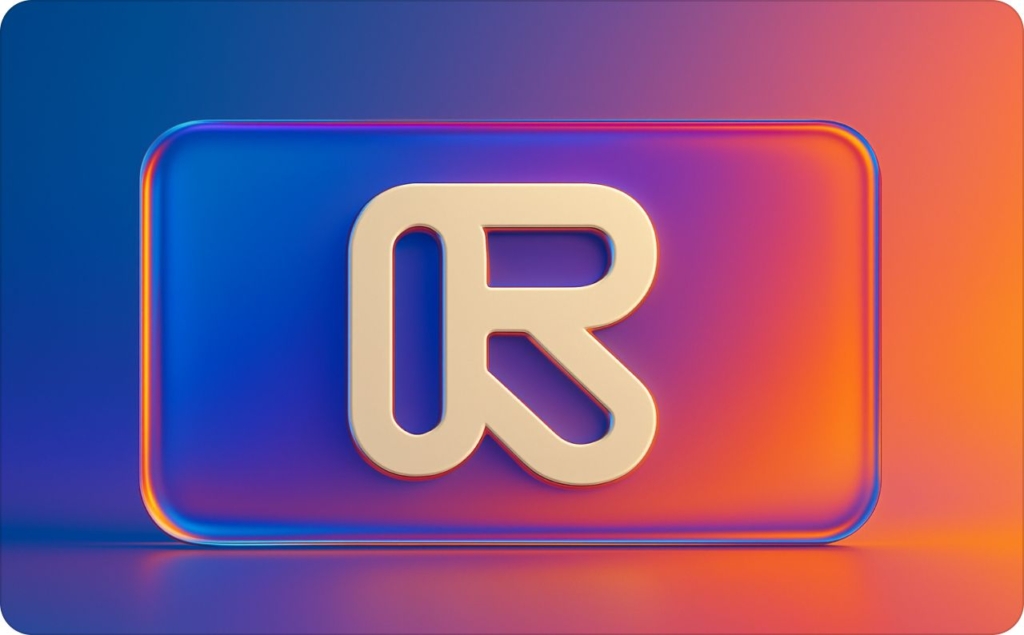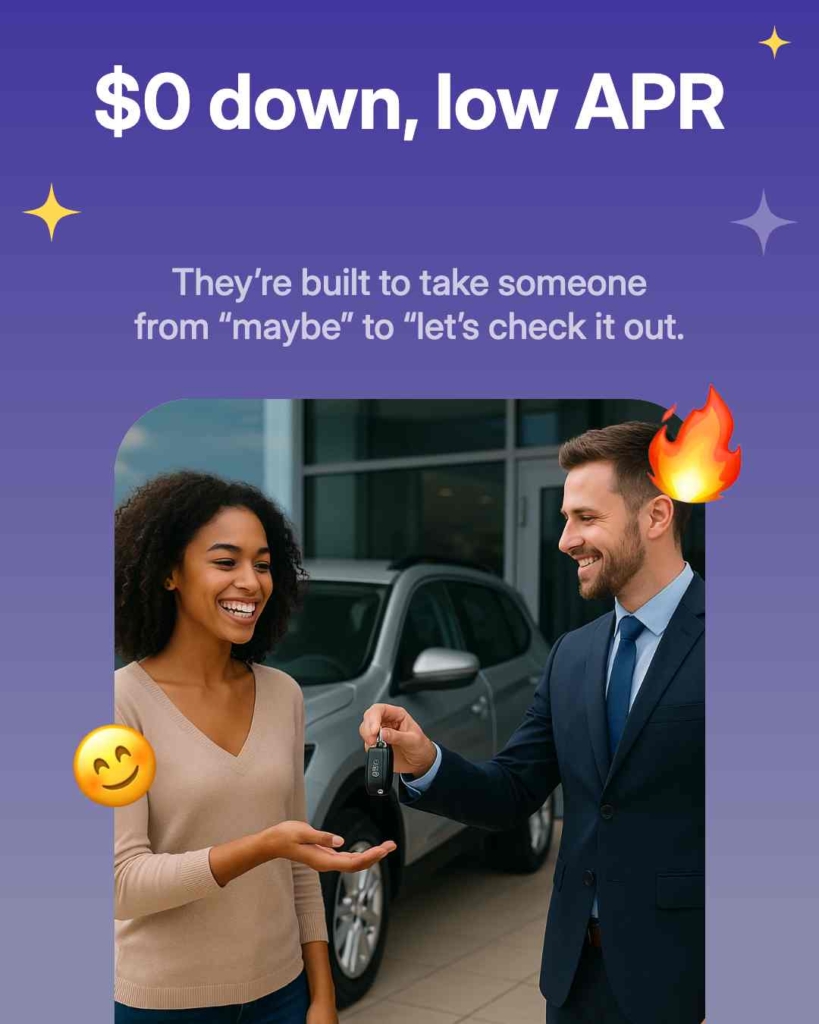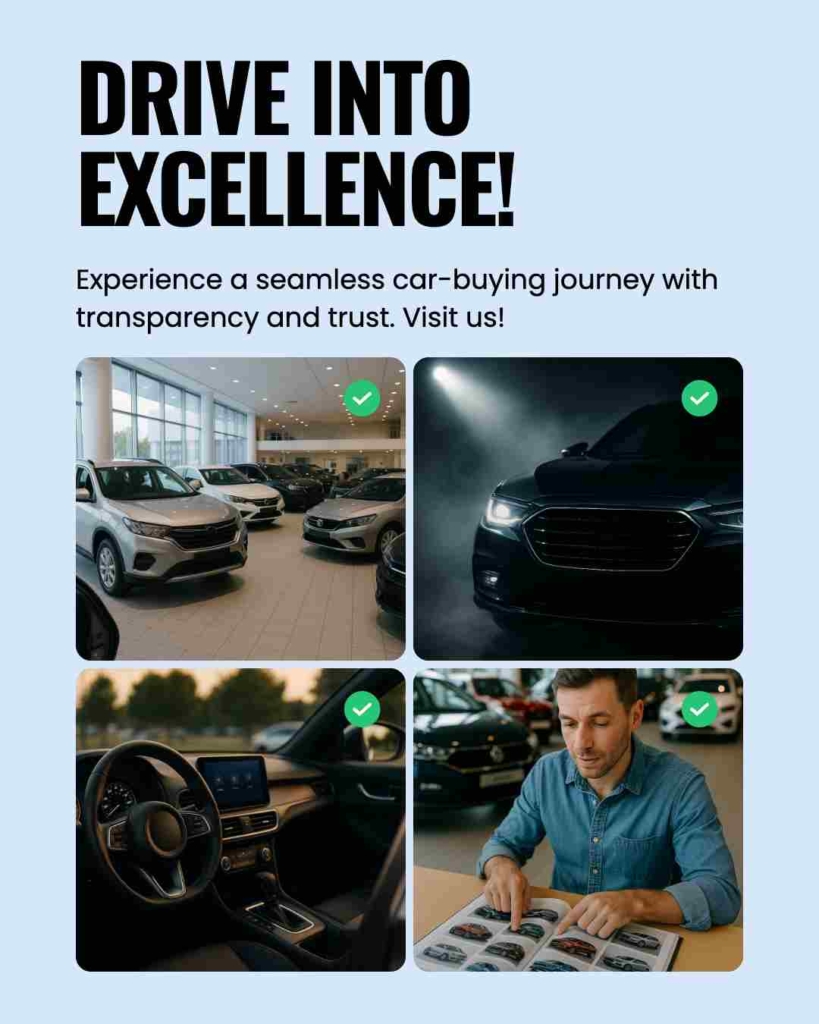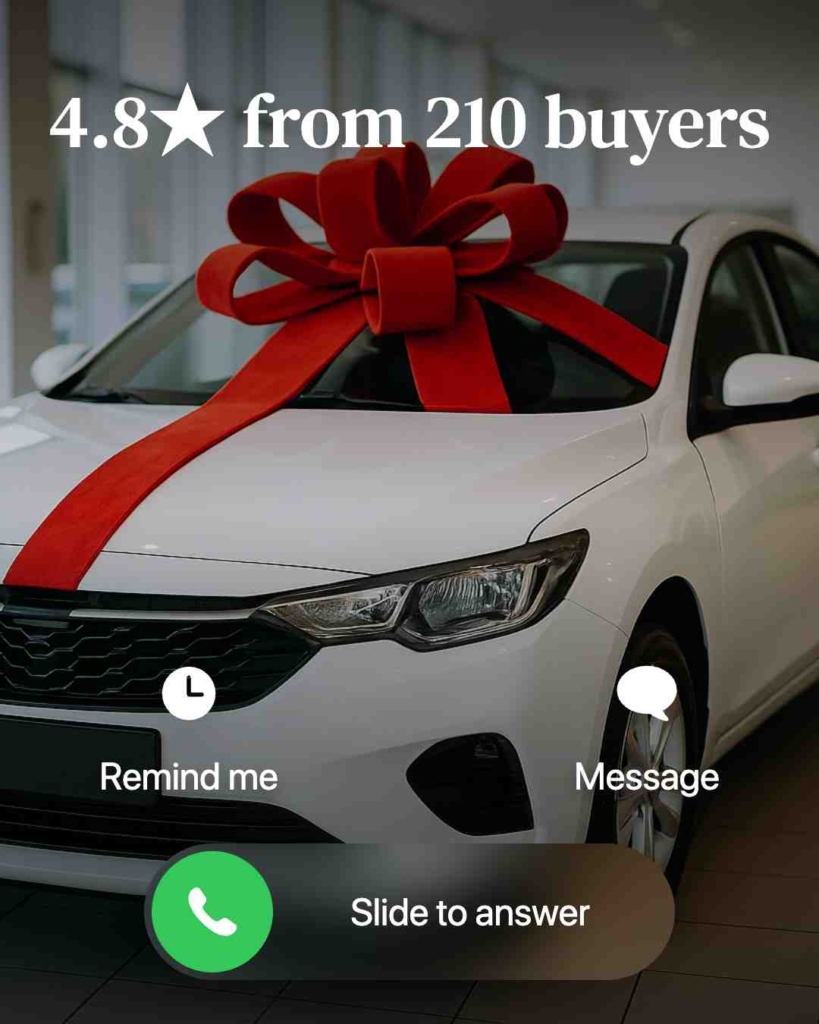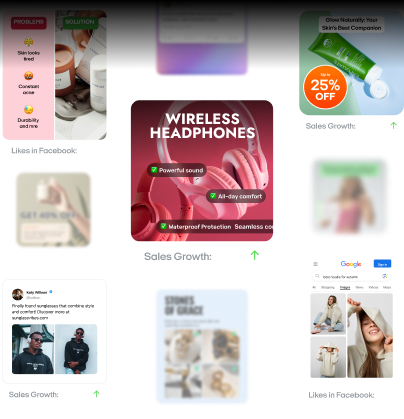Facebook ads for car dealerships — from setup to lead quality
Struggling to make Facebook ads actually bring quality car leads? Zeely AI analyzed hundreds of dealership campaigns to show you what setup, targeting, and optimization truly work.
Selling cars today isn’t just about the lot, the balloons, or the weekend sale. Shoppers start online, and Facebook ads put your inventory and offers directly in front of the people most likely to buy. With the right setup, these ads bring test-drives, phone calls, and sales appointments.
This guide is written for dealership owners, sales managers, and marketing teams who want more from their ad spend. You’ll learn what Facebook ads are, how to set them up correctly, and how to measure whether they’re working.
By the end, you’ll know how to spend smarter, filter out junk leads, and double down on the ads that actually move vehicles.

What are Facebook ads for car dealerships?
Picture this: someone a few miles from your lot scrolls Facebook, spots your exact SUV with price and photos, and books a test drive without ever leaving the app. That’s the power of Facebook ads for car dealerships — they put your real inventory in front of the people most likely to buy.
Dealers usually run these ads with three clear goals:
- Capture leads (name, phone, email) right inside Facebook
- Send shoppers to your Vehicle Detail Pages (VDPs) so they can see specs and photos
- Turn interest into action with more test-drive bookings and calls
The formats are built for this:
- Lead Ads — quick forms that auto-fill from a user’s profile
- Traffic ads — push people straight to your VDPs or listing pages
- Conversion ads — optimize for real outcomes, like “book test drive”
- Messaging ads — open conversations in Messenger or WhatsApp where deals often get closed
Why put energy here? Reach. In Q2 2025, the Meta family of apps reported 3.48 billion daily active people — a 6% year-over-year increase. At the same time, the average ad price rose 9%. That combination tells a clear story: more people to connect with, but also more competition. Local dealers who show up now are the ones who get noticed first.
Benefits of Facebook ads for car dealerships
- Reach in-market shoppers near your lot by targeting only people close enough to buy
- Book more test drives and calls with lead forms and click-to-call ads that capture intent instantly
- Show your real inventory fast — photos, prices, and specs pulled directly from your feed
- Track qualified leads, not just clicks with Pixel and Conversions API mapping actions like VDP views
- Spend smarter with simple budgets that keep CPQL predictable without complex math
How to set up automotive Facebook ads for dealerships
Think of setup as the foundation. Once you’ve got it right, every ad you run — from a Camry test-drive offer to a truck clearance event — will be easier to track, easier to optimize, and more likely to bring in qualified buyers. Here’s the simple path.
Business manager & account setup for dealership Facebook ads
Your first stop is Meta Business Manager. This is your control panel. Create a business account for your dealership (or dealer group) so everything lives in one place. Add your ad account, connect your Page, and give your team members the right permissions. Shared logins and personal accounts only create confusion later.
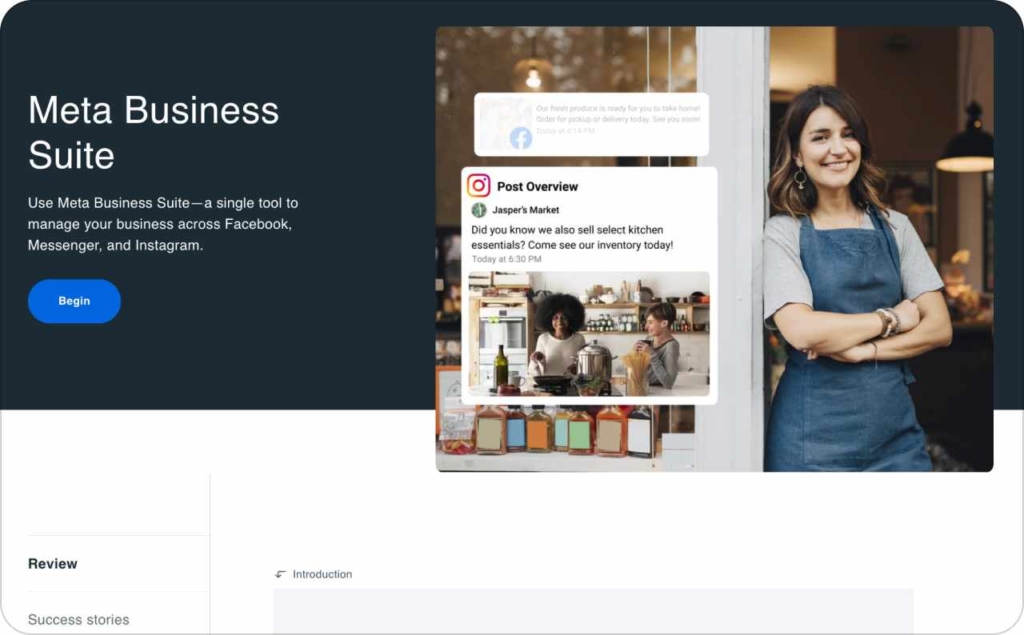
Photo source: Meta Business Suite
Installing the Meta Pixel & conversions API for car dealers
Next comes the Pixel (a small code on your site) and the Conversions API (CAPI). The Pixel tracks what shoppers do on your site — like viewing Vehicle Detail Pages (VDPs) or filling out forms. The CAPI sends the same info directly from your server.
When both are connected, Facebook can deduplicate events and give you a clearer read on results. This matters: 8 in 10 online purchases touch more than one channel, and advertisers using first-party data with AI see about a 30% performance lift.
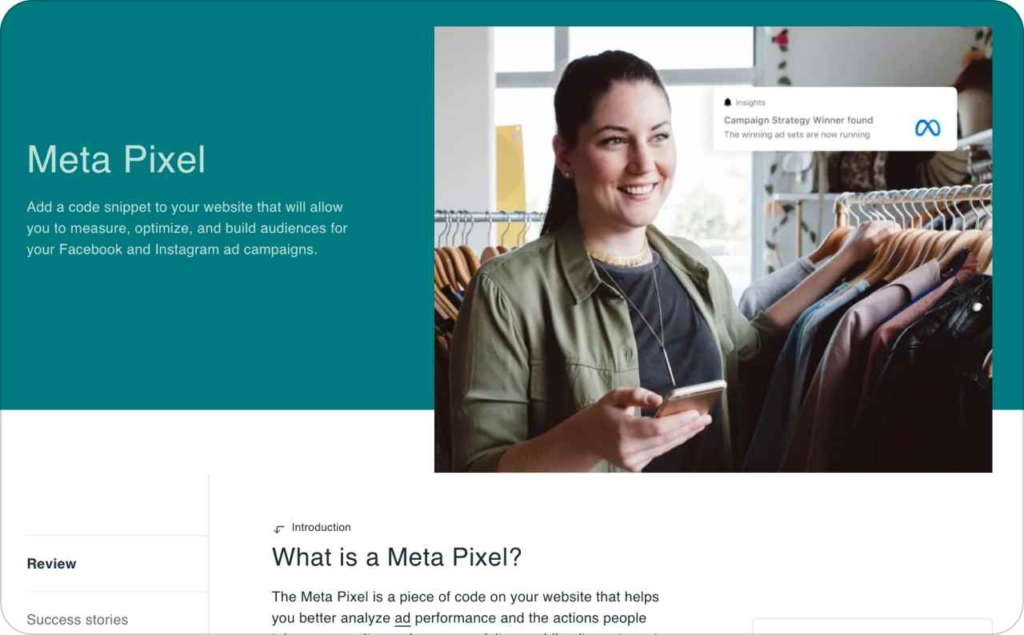
Photo source: Meta Pixel
Domain verification & event prioritization
Verify your website domain in Business Manager. That step unlocks Aggregated Event Measurement (AEM). AEM forces you to rank your events: maybe “Lead” at the top, followed by “Schedule test drive” and “VDP View.” This keeps your tracking consistent even when privacy settings limit data.
Naming conventions & UTM tracking for dealership campaigns
Clean names and clean links save you later. A campaign might be labeled:
Lead_ToyotaCamry_Dallas_Aug2025.
For UTMs, stick to basics:
utm_source=facebook, utm_campaign=lead_camry_dallas.
Add a unique event_id so Pixel and CAPI don’t double-count the same action. When a lead shows up in your CRM, you’ll know exactly which ad brought them in.
Dealership Facebook ads audience strategy
The magic of dealership Facebook ads isn’t in flashy creative or huge budgets. It’s in putting the right message in front of the right shoppers. Here’s how to set up audiences that feel precise instead of wasteful.
In-market targeting & geographic radius for car dealerships
Most car buyers don’t want to drive across the state. Start simple: draw a radius around your dealership, usually 15–30 miles. That keeps your ads local. Then layer in Facebook’s in-market signals. If someone nearby is browsing SUVs, checking financing options, or spending time on auto content, your ad can show up at just the right moment. With more than 250 million people in the U.S. using social daily in 2025, these signals cover a lot of ground — and a lot of buyers.
CRM lists & lookalike audiences for automotive Facebook ads
Your CRM is a targeting tool. Upload past buyers or high-quality leads into Facebook. The system matches them to user profiles and then builds Lookalike Audiences — people who share the same traits as your best customers. If families in your CRM leaned toward midsize SUVs, Facebook can find more households like them right around your zip code. That’s targeting rooted in real dealership history, not guesswork.
Frequency caps & negative audiences
Relevance is about balance. If someone sees your ad five times a day, they’ll tune it out. Add frequency caps to control how often the same person gets your message. And just as important: exclude the wrong people. Service-only customers, for example, might keep your shop busy but aren’t likely to buy another car soon. Filtering them out means more of your spend goes to fresh prospects.
Creative strategies for Facebook ads for car dealers
Good creative is what makes Facebook ads for car dealers stand out in a busy feed. You don’t need glossy, national-brand production. You need ads that show the right car, highlight the right offer, and build trust quickly. Here’s how to make your creative work harder for you.
Model-specific ads — show the car they already want
Every dealership has a handful of models that drive most of the business. Think Camry, F-150, or CR-V. When a shopper is already set on one of those, your job is to confirm. Model-specific ads do exactly that: they put the car they’ve been researching right in their feed, with photos, specs, and price included.
Why it works
- Meets buyers at peak intent
- Sends traffic directly to the Vehicle Detail Page
- Reduces choice overload, nudging faster decisions
- Mobile-first model ads see 1.7x higher engagement than static creative
How to use it in your advertising
Run separate campaigns for your top models. Each ad should feel like a digital version of pulling that car to the front row, like price tag visible, key features easy to scan. Add a “Book test drive” button that links straight to the matching VDP.
Offer-driven ads — motivate with savings
Not every shopper knows the exact car they want. Some are weighing brands, trims, and timing. What pushes them forward is the deal. Offer-driven ads focus on the financial trigger: $0 down, low APR, or trade-in bonuses. They’re built to take someone from “maybe” to “let’s check it out.”
Why it works
- Creates urgency with limited-time offers
- Appeals to value-driven buyers still deciding
- Drives higher volume at lower CPL
- Clear promotional CTAs deliver 20–30% more leads than generic ads
How to use it in your advertising
Feature one strong offer, not five. Keep design minimal — bold headline, one photo, clear button. Picture a commuter scrolling at lunch. A simple “No Payments for 90 Days” message can stop the scroll and spark a lead.
Carousel & collection ads — let buyers swipe your lot
Car shopping is browsing. Buyers want to see options side by side. Carousel and Collection ads recreate that experience inside Facebook. Carousels let you swipe through vehicles or angles. Collection ads combine a lead video or image with a scrolling inventory feed. Both mimic how shoppers naturally explore cars online.
Why it works
- Increases time spent engaging with your inventory
- Mirrors the swipe-and-scroll habits of mobile buyers
- Helps clear aging stock by showing multiple models
- Collection ads in automotive see 2x more conversions than single-image ads
How to use it in your advertising
Pick a theme — “SUV lineup,” “Summer clearance,” or “Certified used.” Upload 5–8 vehicles with price, trim, and key specs. End with a lead-gen card or strong CTA like “Book now.” It feels like walking your lot, but in someone’s hand.
Trust signal ads — build confidence before the click
Even with the right car and the right price, hesitation can stop a buyer cold. Trust signal ads add proof directly into the creative: reviews, star ratings, warranty details, or financing reassurance. They tackle the unspoken question: “Can I trust this dealer?”
Why it works
- Builds credibility in seconds
- Eases buyer hesitation in a crowded feed
- Turns curiosity into confident action
- Review-rich ads deliver up to 3x more engagement
How to use it in your advertising
Overlay star ratings or testimonial quotes right onto the ad image. Keep it clean: “4.8★ from 210 buyers” or “Warranty Included.” Think of it as your salesperson’s reassurance, delivered before the buyer even clicks.
How to track leads with Facebook ads for dealerships
Ads bring attention. Tracking proves whether that attention turns into test-drives and sales. With proper Facebook ads for dealerships lead tracking, you move from counting clicks to measuring revenue impact.
Event mapping — separate interest from intent
Event mapping tracks each step in the buyer journey instead of lumping everything under “traffic.” Typical dealership events include Lead, Schedule Test Drive, Contact Dealer, and Vehicle Detail Page (VDP) View.
What it unlocks
- Reveals which ads drive high-intent actions vs casual clicks
- Helps optimize bidding toward the events that matter most
- Makes lead quality measurable, not just lead volume
- Dealers with clean event setups see more efficient CPQL (Cost Per Qualified Lead)
How to apply
In Events Manager, set up at least four custom events: VDP View, Lead, Schedule, and Contact. Optimize campaigns by event, so test-drive ads push to “Schedule,” while awareness ads can aim for “VDP View.”
Offline conversions & CRM/Dms match-back — connect ads to sales
Digital leads mean little if you can’t tie them back to your lot. By syncing Facebook with your CRM or DMS, you can see which ad-driven leads turned into real deals.
What it unlocks
- Proves ROI by matching sales to campaigns
- Moves measurement from “form fills” to revenue attribution
- Shows which models or offers generate actual buyers
- By 2025, the share of dealers offering every purchase step online doubled, and 7 in 10 buyers said digital saved them time
How to apply
Integrate your CRM/DMS with Facebook’s Offline Conversions. Upload closed deals regularly. When Facebook sees a match, it attributes that sale back to the right ad set — giving you proof, not guesses.
Call tracking & event quality — capture the full picture
Many buyers still prefer to call before booking. Without call tracking, those leads vanish. Pairing tracking with deduplication and Event Match Quality (EMQ) ensures clean, accurate data.
What it unlocks
- Captures high-value leads who never fill out forms
- Deduplication avoids inflating results from Pixel + CAPI double-counts
- High EMQ improves attribution accuracy and lowers wasted spend
- Stronger attribution = clearer cost per sale visibility
How to apply
Assign unique call-tracking numbers to Facebook ads. Pass identifiers like phone and email into your Pixel/CAPI setup. This raises EMQ and makes sure calls, leads, and sales all trace back to the correct campaigns.
With event mapping, offline match-back, and call tracking in place, your Facebook ads for dealerships lead tracking stops being vanity reporting. It becomes a measurement system that tells you which ads are driving revenue.
Facebook ads budgeting for car dealers
The cost of Facebook ads for car dealers depends less on “what’s the right number?” and more on how you split spend across the funnel and dealership size. In 2025, Meta’s average ad price rose 9% year over year, according to Reuters, which makes planning even more important. A simple budget table helps you allocate smartly.
| Funnel stage | Goal | % of budget | Tactics | Rooftop plan | Dealer group plan |
| Awareness | Reach local shoppers | ~40% | Video, Reach, Carousel | Focus radius: 15–30 miles | Regional brand ads shared across stores |
| Consideration | VDP views, engagement | ~30% | Traffic, Collection, Messenger | Model-specific campaigns | Shared creative with geo splits |
| Lead / Action | Test drives, form fills | ~30% | Lead Ads, Conversions | Call-to-action ads tied to inventory | Group-wide promotions + local retargeting |
How to avoid low-quality leads in Facebook ads for car dealers?
Low-quality leads drain time and budget. The fix is tighter targeting, better event tracking, and smarter follow-up.
- Use event mapping to separate form fills from test-drive bookings
- Exclude service-only customers and irrelevant audiences
- Track CPQL instead of raw CPL to focus on qualified leads
- Sync CRM data to refine lookalike audiences with real buyers, not just clickers
In practice: A lead ad without filters may flood you with cheap form fills. But when you prioritize scheduling and VDP views, you pay a little more per lead and save hours on dead ends.
Sabine River Ford — using Facebook lead ads to qualify buyers
Sabine River Ford wanted more than just clicks. They needed leads who were serious about buying, not just window-shopping. By adding qualification steps and smarter targeting, they turned Facebook Lead Ads into a steady source of higher-quality prospects.
Tactics they used
- Added trade-in fields to the lead form to filter casual interest
- Built lookalike audiences from CRM data of past buyers
- Focused targeting on local, in-market shoppers
- Prioritized quality over cheapest cost per lead
Results
In just three months, the dealership generated 62 highly qualified leads. These contacts were easier to reach, more likely to book appointments, and showed stronger intent than standard form fills.
The average cost per lead was about $22.58, sometimes dropping to $16.67 — slightly above “cheap leads,” but with far less wasted time. In practice, paying a bit more delivered a pipeline of real buyers instead of chasing unqualified clicks.
Photo source: Image from 9 Clouds case study
How can AI tools help with Facebook ads for car dealerships?
Neither insurance agents nor dealerships don’t have time to build ads from scratch. Zeely is an AI ad generator that makes it simple. It creates static and video ads in minutes, sets up campaigns, and connects directly to Facebook and Instagram. As a Meta partner, Zeely runs on the same rails your buyers already trust, so your ads go live fast and show clear results.
Creatives — automated ad creation in minutes
Zeely builds high-converting ads from your product links or inventory feed. You get static creatives, vertical video ads, and AI-written copy ready for Facebook placements.
Key benefits
- Create ads without design skills or editing software
- Test multiple variations quickly to improve performance
- Use AI-written hooks, offers, and CTAs optimized for conversion
- Access 500+ AI avatars and simple editing tools for fast adjustments
- Direct integration with Facebook ensures ads publish seamlessly
Campaigns — smarter setup, less effort
Zeely simplifies campaign creation into a guided flow. Instead of configuring dozens of settings, you choose your objective — leads, traffic, test drives — and the system builds the campaign structure for you.
Key benefits
- Launch campaigns faster with automated setup
- Bulk creation for multiple ads or dealer groups
- Clean budget distribution across funnel stages
- Campaigns aligned with Meta best practices through Zeely’s partnership
Tracking — clear proof of results
Measurement is built in. Zeely connects campaigns with your CRM and reporting, so you see real outcomes instead of just clicks.
Key benefits
- Track CPQL (Cost per Qualified Lead), not just CPL
- Deduplicate Pixel vs Conversions API events for accuracy
- Offline conversions matched back to campaigns
- Real-time dashboards replace manual reports
Zeely combines AI-powered ad creation, Meta integration, and partnership-level campaign standards in one app. For dealerships, that means ads created in minutes, campaigns launched without the maze, and results tied directly to sales. If you’re ready to spend less time on ads and more time on sales, Zeely makes that shift easy.
You may also like
Also recommended
